
Lesions are defined as abnormal growths on the surface of some organs in the human (or animal) body. These can be benign or malignant in nature, depending on the harm and problems they could cause. Benign lesions are harmless while malignant changes on any organ can be a serious health problem. If the lesions don’t cause any pain and they are not connected to some liver disease, they might not need any treatment. Lesions that appear on the liver can be solid or filled with some fluids (also known as cystic lesions).
Symptoms of Benign Liver Lesions
Patients suffering from liver lesions may have various symptoms, depending on the type of the lesions. Fullness from the abdomen, nausea and vomiting are also frequently seen in patients suffering from liver lesions. Some people may try anti-flatulence drugs or solutions, but they won’t be of much help, since these are not gases. Nausea may also indicate bile duct cysts or some gallbladder diseases.
The commonly reported symptom is abdominal pain, especially if the lesions are very large and there is some compression due to this abnormal growth on the liver. Patients usually complain about the pain located around the liver and they sometimes describe the pain as coming in waves.Lesions on the liver are also often found out to provoke jaundice, due to liver inability to eliminate toxic substances.
Do You Know Types of Liver Lesions?
There are many types of lesions that may appear on the liver, including adenoma, hemangioma, choledochal cysts, simple liver cysts, focal fatty change or focal nodular hyperplasia and also polycystic liver disease.
Adenoma of the liver is more commonly reported in women than men and it is usually associated with oral contraceptives (birth control pills) and their over-use. Symptoms of adenoma include: nausea, vomiting, fever, abdominal fullness and some bleeding. These women are advised to stop using birth control.
Hemangioma is also more likely to develop in women. Hormonal changes in woman’s body may activate hemangioma and cause bleeding. Some hemangiomas may be treated surgically.
Choledochal cysts are congenital problem and if they are benign there are no symptoms.
Simple liver cyst is condition when the liver has just one lesion, but it can be up to 8cm in diameter. This problem is commonly treated with marsupialization.
Focal nodular hyperplasia is very common lesion on the liver or pancreas. It can be asymptomatic or require some surgical treatment. Focal fatty change is commonly seen in diabetics, obese people and patients suffering from chronic liver disease or chronic hepatitis C.
Polycystic liver disease or PCLD may be connected with kidney lesions as well. Some of these patients may require liver and/or kidney transplant.
- medlineplus.gov/benigntumors.html
- www.nhs.uk/conditions/liver-cancer/
- Photo courtesy of Miroslav.vajdic by Wikimedia Commons: commons.wikimedia.org/wiki/File:Liver%26milt_samples.jpg


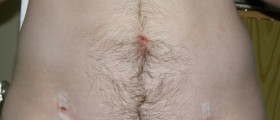


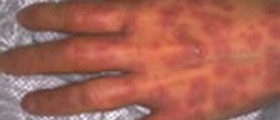
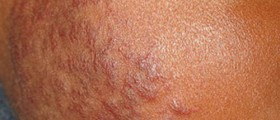

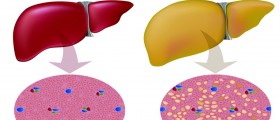




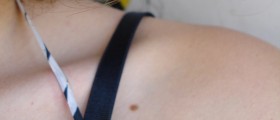
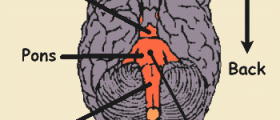

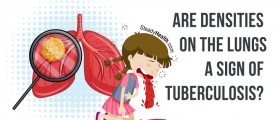
Your thoughts on this
Loading...